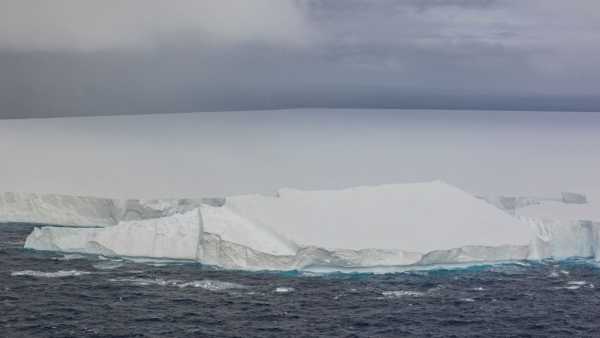
A23a is rapidly decaying and may soon become too small for scientists to track. (Image courtesy of the UK Ministry of Defence, copyright Getty Images)
Scientists from the British Antarctic Survey (BAS) say the iceberg, which was once the size of Rhode Island and the largest in the world, has lost about 80% of its mass since May.
The “mega-iceberg,” known as A23a, has been rapidly breaking apart since it became caught in a counter-clockwise current around South Georgia Island in the South Atlantic Ocean, Andrew Meyers, a BAS polar oceanographer, told CNN.
Iceberg A23a was carried away by the current in May after months of being stranded on the continental shelf near South Georgia Island. “It was following a powerful jet stream known as the South Antarctic Circumpolar Front (SACF),” Meyers said, adding that the iceberg would likely eventually drift northeast from the island before finally breaking up.
You may like
-

Glaciers in North America and Europe have lost “unprecedented” amounts of ice in the past four years.
-

Ancient 'whale graveyard' discovered beneath melting Russian glacier
-
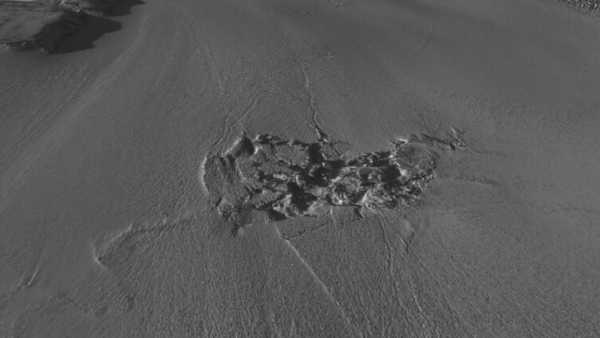
'It was so unexpected': 90 billion litres of meltwater breach Greenland ice sheet in unprecedented melt
Nicknamed the “queen of icebergs,” iceberg A23a broke off from Antarctica's Filchner-Ronne Ice Shelf (bordering the Weddell Sea) in 1986. The giant iceberg immediately ran aground, remaining on the floor of the Weddell Sea for more than 30 years. It was recognized as the world's largest iceberg, and was only briefly surpassed by others, including iceberg A68 between 2017 and 2020 and iceberg A76 in 2021.
In 2020, A23a finally moved, likely because the ice that had anchored it to the seafloor melted. But the iceberg quickly became trapped again, this time in a rotating vortex called the Taylor Column, formed by a seamount. It managed to break free in December 2024, and was reported in January to be moving toward South Georgia Island.
In January, A23a weighed nearly 1.1 trillion tons (1 trillion metric tons) and covered 1,418 square miles (3,672 square kilometers), CNN reported. The megaberg is now smaller, measuring 656 square miles (1,700 square kilometers), about one-fifth its size just eight months ago.
“The iceberg breaks up quickly and breaks off into very large pieces, which the National Ice Center, which tracks them, classifies as large icebergs,” Meyers said.
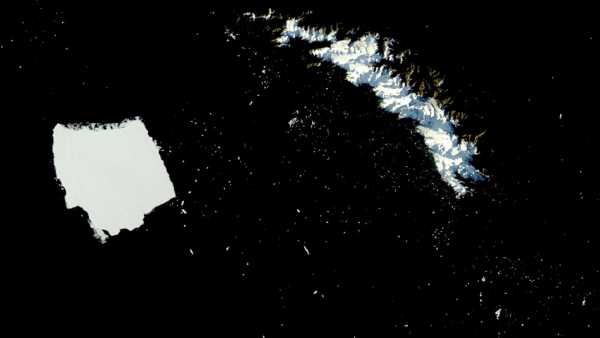
Thousands of tiny icebergs broke off from A23a earlier this year, and larger chunks are now breaking off from the ice giant, scientists say.
A68 and A76 also began to break up as they drifted near South Georgia, suggesting that the SACCF was to blame for the icebergs breaking up, although A23a remained intact longer than A68 or A76 as a result of the current, Meyers said.
A23a has lost the title of the world's largest iceberg to D15a, which is currently located near Australia's Davis Research Station in Antarctica. D15a is about 1,160 square miles (3,000 square kilometers) in size and appears to be staying put for now, Meyers said.
RELATED STORIES
— Scientists have discovered long-lost giant rivers that flowed through Antarctica up to 80 million years ago.
— The dramatic changes taking place in Antarctica “will impact the world for generations to come.”
— Antarctic sea ice collapse linked to mysterious rise in sea salt levels
A23a is currently the world's second-largest iceberg, but it will quickly lose ground as it breaks apart in the coming weeks, he said. Eventually, A23a's fragments will become so small that scientists will no longer be able to monitor them, and the onset of the southern spring will likely cause them to melt, turning into mini-icebergs, Meyers added.
A BAS spokesperson told CNN that large icebergs could be more common in the waters off South Georgia in the future due to climate change. There is not enough data to say whether new megabergs are forming as a result of global warming, but Meyers said the number of icebergs breaking off from Antarctica is increasing.
Antarctica is extremely vulnerable to warming, and scientists are already seeing dramatic changes in the frozen continent's natural cycles.

Sasha PareSocial Link NavigationStaff Writer
Sasha is a staff writer for Live Science based in the UK. She holds a BA in biology from the University of Southampton in England and an MA in science communication from Imperial College London. Her work has appeared in The Guardian and on health site Zoe. Outside of writing, she enjoys playing tennis, baking bread, and browsing thrift stores.
You must verify your public display name before commenting.
Please log out and log back in. You will then be prompted to enter a display name.
Exit Read more
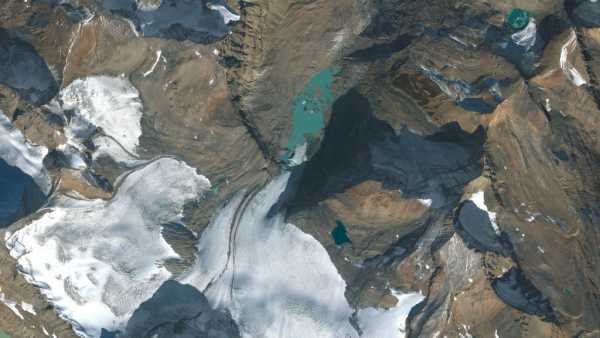
Glaciers in North America and Europe have lost “unprecedented” amounts of ice in the past four years.
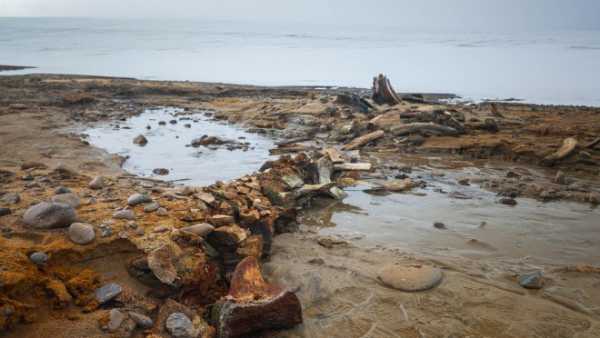
Ancient 'whale graveyard' discovered beneath melting Russian glacier
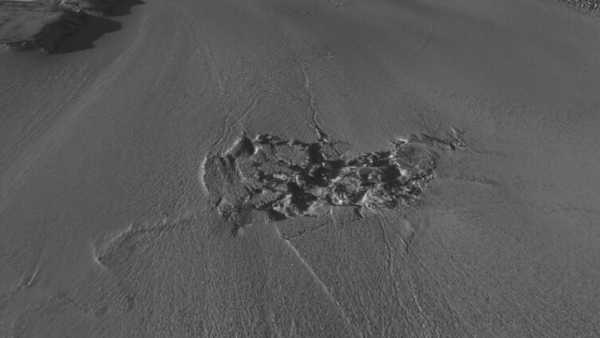
'It was so unexpected': 90 billion litres of meltwater breach Greenland ice sheet in unprecedented melt
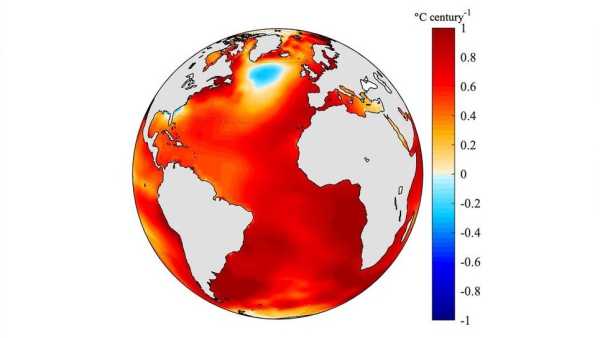
Mystery of Atlantic Ocean Cold Spot Finally Solved

According to a new study, 96% of the world's oceans will experience extreme heat in 2023.
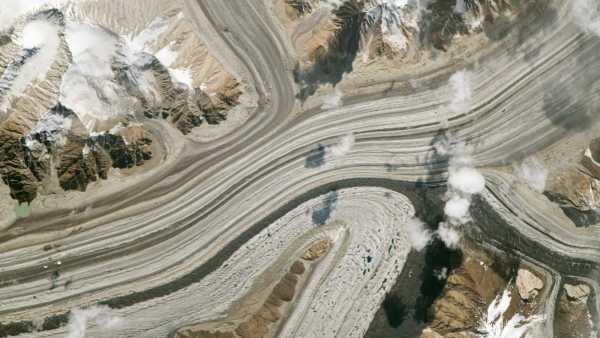
A trio of striped glaciers merging on the 'highest battlefield on Earth' are part of a larger anomaly that scientists don't fully understand. Latest news from Antarctica
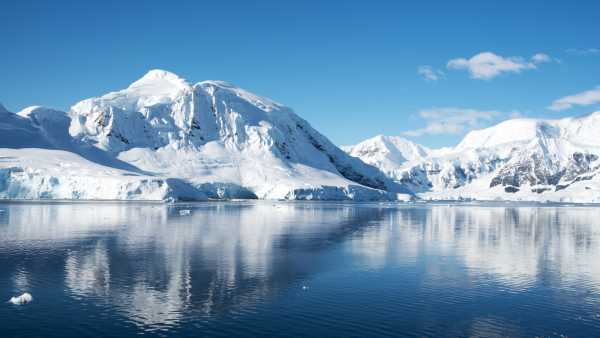
Drastic changes happening in Antarctica 'will impact the world for generations to come'
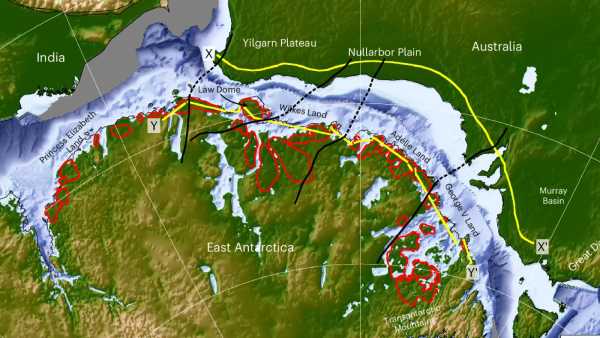
Scientists have discovered long-lost giant rivers that flowed through Antarctica up to 80 million years ago
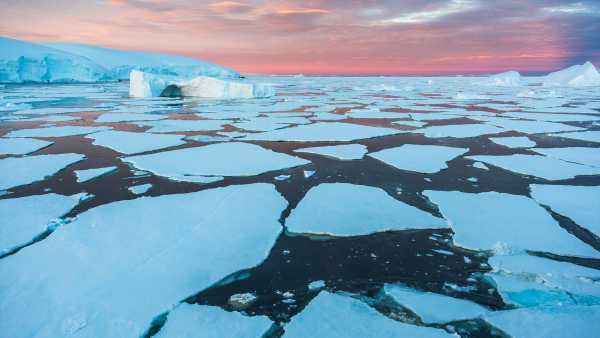
Antarctica's Sea Ice Collapse Linked to Mysterious Ocean Salt Level Jump
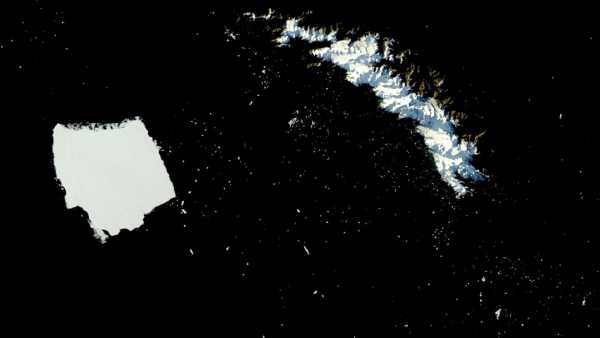
The world's largest iceberg, A23a, is breaking into thousands of pieces near a penguin refuge.
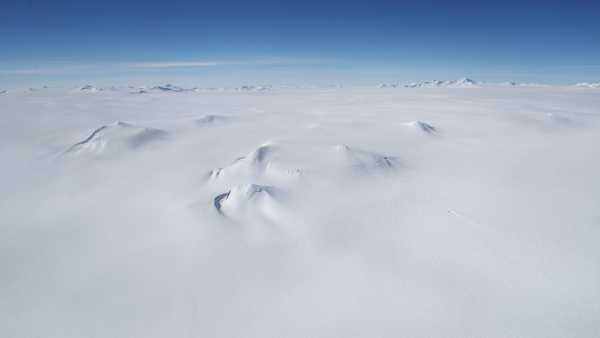
NASA satellites show Antarctica is covered in ice despite rising global temperatures. How is this possible?
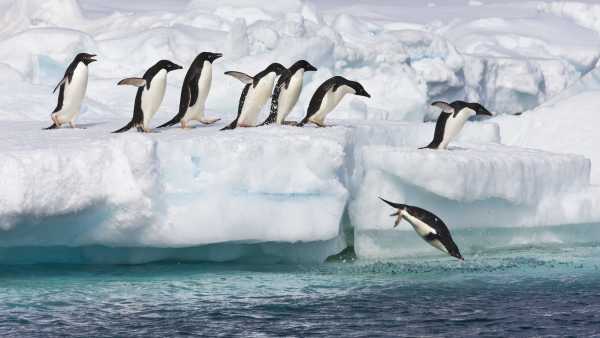
What's Hiding Under Antarctica's Ice? Latest News

The 40-year-old 'queen of icebergs' A23a is no longer the world's largest, having lost several 'very large chunks' since May.
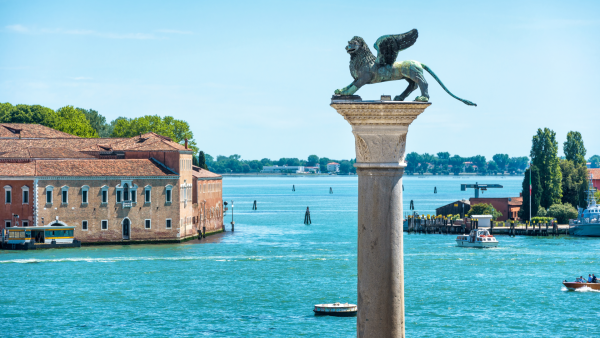
Research has revealed that the famous winged lion statue in Venice may actually date back to China's Tang Dynasty.

James Webb Telescope Finds 'Extremely Rare' Five-Galaxy Collision in Early Universe

Who will see the total lunar eclipse “blood moon” this weekend?
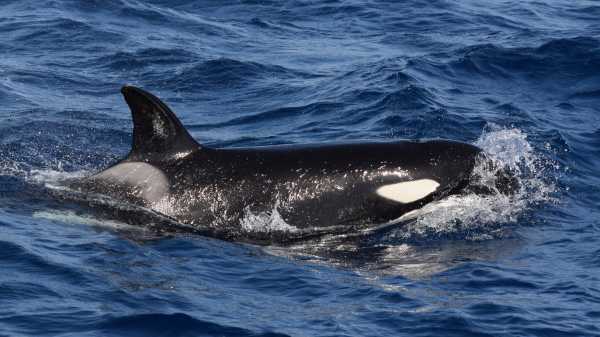
'We've Gone Completely Mad': Killer Whales Attack Boats Again in Europe

Scientists have trained an AI-powered 'robot dog' to play badminton against humans — and it's actually pretty cool. LATEST ARTICLES
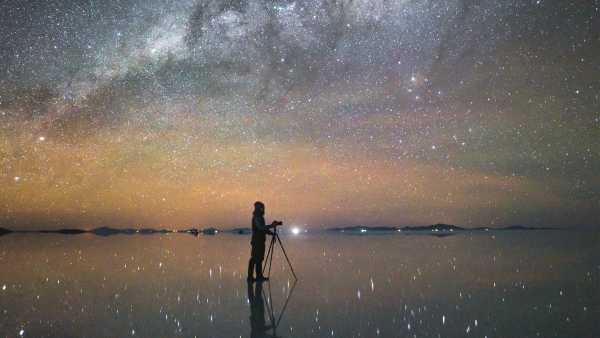
1Astrophotography Setup Basics: A Step-by-Step Guide to Capturing the Perfect Shot
Live Science is part of Future US Inc., an international media group and leading digital publisher. Visit our corporate website.
- About Us
- Contact Future experts
- Terms and Conditions
- Privacy Policy
- Cookie Policy
- Accessibility Statement
- Advertise with us
- Web Notifications
- Career
- Editorial Standards
- How to present history to us
© Future US, Inc. Full 7th Floor, 130 West 42nd Street, New York, NY 10036.
var dfp_config = { “site_platform”: “vanilla”, “keywords”: “type-news-trending,serversidehawk,videoarticle,van-enable-adviser-
Sourse: www.livescience.com





